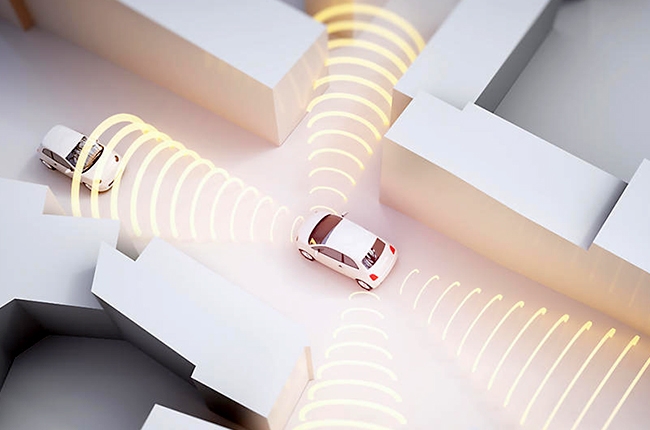
Automakers have been doing their best to stay atop of Autonomous advancement. Latest products are being integrated model after model in just a short period of time, like the one from Mitsubishi's EMIRAI 4 concept with "next-gen driving assistance tech." Land Rover even announced an off-road autonomous driving tech last year.
Now, National Instruments Corporation (NI) further improves the development of radar sensors through its latest Vehicle Radar Test System (VRTS) Technology. In light of this new technology, engineers may evaluate 76- to 81-GHz radar sensors through high-volume production test—from individual sensors to integrated advanced driver assistance systems (ADAS).
“We can use the VRTS to configure the industry’s most advanced ADAS test systems to improve the safety and reliability of vehicles.”
From a much technical standpoint, the VRTS can simulate Doppler effect velocity of up to 250 km/h at minimum obstacle range of 4 meters, with object distance resolution down to 10 cm and support for multiple angles of arrival/variable cross section.
In simpler terms, it has better capabilities compared to traditional radar simulators, which are only capable of obstacle generation.

Additionally, the VRTS provides object simulation and radar measurement suite for better autonomous driving technology by combining NI's mmWave and PXI Vector Signal Transceiver (VST). Engineers may also use the VRTS for different simulations ranging from a pedestrian walking across the street to lane-changing scenarios.
The competition in the automated/driver assist technology is becoming tighter as more competitive products are possible to set higher standards in the existing market. Through the VTRS, carmakers now have an available tool for more accurate data to further develop their product. Things such as assisted brake system, cruise control, parking sensors, and lane-assist will be more accurate than ever.
Latest News
-
Geely’s EX2 EV headed to Australia — is a Philippine launch possible? / News
The Geely EX2 is confirmed to go on sale in Australia in 2026. Could a launch in the Philippines also be on the cards?
-
Hyundai Motor Philippines is the FIFA Futsal Women's Teams' official mobility partner / News
Hyundai Motor Philippines strengthened its partnership with FIFA through its support of the FIFA Futsal Women's Teams.
-
Kia Philippines backs EJ Obiena as Atletang Ayala continues championing Filipino athletes / News
Kia Philippines strengthens its support for EJ Obiena, backing the Olympian with dedicated mobility at home and abroad.
Popular Articles
-
Electric Vehicles in the Philippines for under P1 million
Jerome Tresvalles · Aug 19, 2025
-
Top 3 Cars For Every Lifestyle—What Cars Are Right For You? | Behind a Desk
Caco Tirona · Apr 24, 2024
-
5 Tips to Maximize Fuel Efficiency
Jerome Tresvalles · Sep 09, 2024
-
Five driving habits that are draining your fuel tank
Jerome Tresvalles · Jun 24, 2025
-
Can engine braking harm your engine?
Jerome Tresvalles · Sep 11, 2025
-
Do electric cars even need maintenance?
Jerome Tresvalles · Oct 23, 2024
-
Best vehicles for an active outdoor lifestyle
Shaynah Miranda · Jul 25, 2024
-
How to drive different types of vehicle transmissions
May 23, 2024
-
5 easy ways to keep your car interior clean
Allysa Mae Zulueta · Nov 15, 2021
-
How to survive Metro Manila traffic
Earl Lee · Aug 16, 2022



